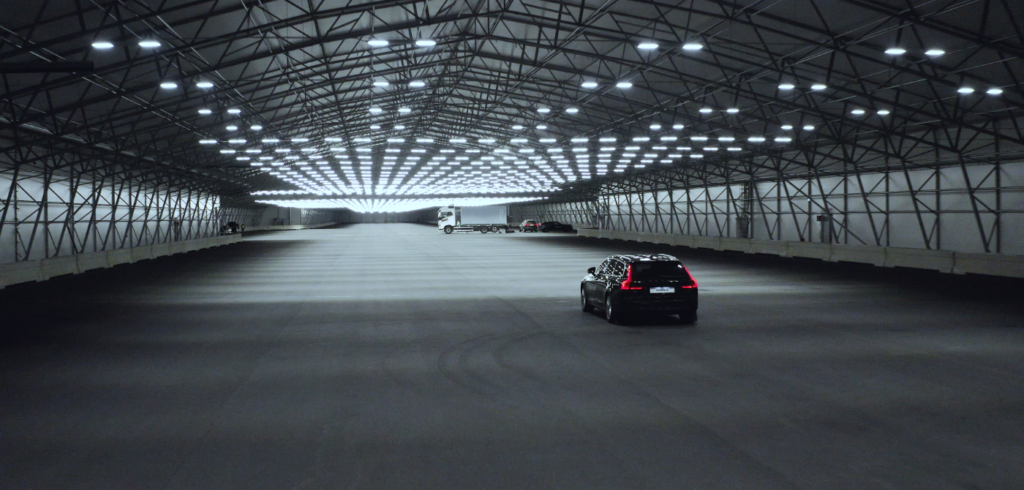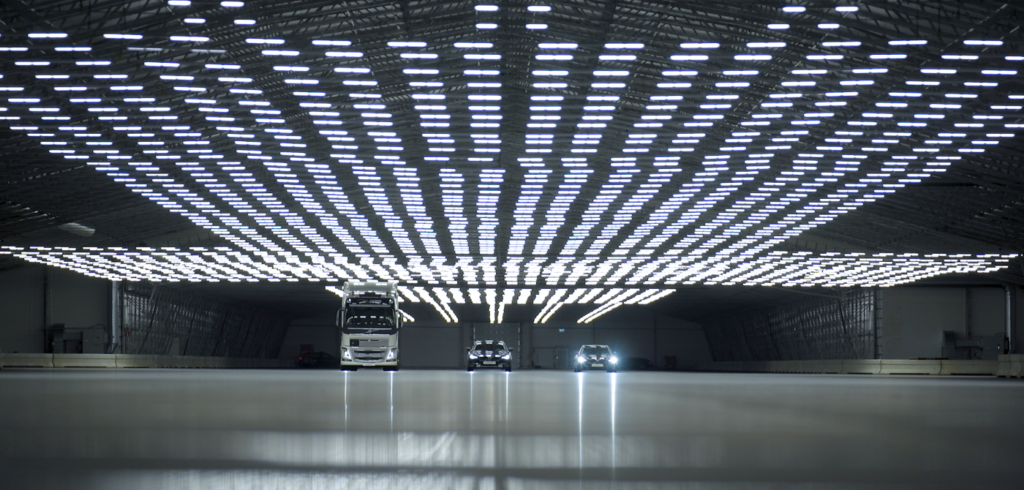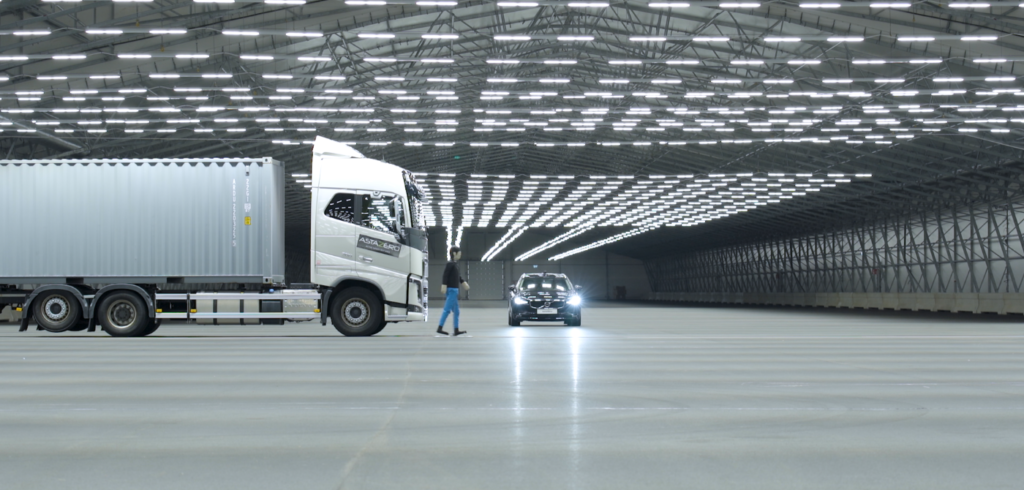AstaZero is to open the world’s longest indoor track for use in testing active safety systems and autonomous technologies in any vehicle variant. Operators and engineers will be able to conduct tests 24 hours a day, 365 days a year using reproducible lighting and surfaces.
The existing AstaZero site is a full-scale, independent testing and demonstration facility for future road safety, and has been extended to house the indoor track. Named the AstaZero Dry Zone, the track is 700m long and 40m wide and will be inaugurated on April 28, 2021.
“AstaZero Dry Zone will play an important role in the transition of the automotive industry and will provide unique opportunities needed for research, development and validation of self-driving and connected vehicles as well as the surrounding infrastructure,” commented Pia Sandvik, CEO of AstaZero parent company, RISE (Research Institutes of Sweden).
With the automotive sector needing to conduct millions of tests on all types of vehicles each year, an environment in which driving scenarios can be consistently reproduced is a necessity for accurate testing.
 “The tests and trials conducted by vehicle operators require plenty of personnel and result in excessive travel,” explained Peter Janevik, CEO of AstaZero. “In AstaZero Dry Zone, the development time can be streamlined.”
“The tests and trials conducted by vehicle operators require plenty of personnel and result in excessive travel,” explained Peter Janevik, CEO of AstaZero. “In AstaZero Dry Zone, the development time can be streamlined.”
Following the Covid-19 pandemic and the restrictions that made it difficult for the automotive sector to conduct testing, the decision was made to accelerate plans for the indoor facility and subsequently provide a new testing ground in Sweden. The Västra Götaland region’s program for sustainable transport will support the facility with around US$1.1m (SEK 10m).
“AstaZero’s facility provides a wide range of infrastructure that is important for the testing and validation of our technologies in safety, autonomous driving and connectivity, making it possible for us to perform testing in well-controlled environments all year round,” said Mats Moberg, senior vice president of R&D at Volvo.
The Dry Zone is effectively an illuminated aircraft hangar, with the ability to carry out reproducible tests using the same lighting and surface conditions day or night, whatever the weather. The main focus of the testing facility is active safety systems and autonomous technologies, but vehicle dynamics testing and brake performance testing will also be carried out at the site.
“We at Chalmers look forward to AstaZero Dry Zone. Here we will be able to conduct advanced research in, for example, autonomous driving, in facilities where we have full control over light and weather conditions. Autonomous driving is an area of great benefit and potential for the automotive industry and society as a whole. AstaZero will now be an even more competitive facility, giving Chalmers, together with the industry, excellent conditions for participating in large research projects,” said Stefan Bengtsson, president and CEO of Chalmers University of Technology.



